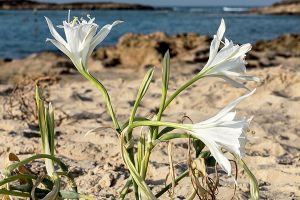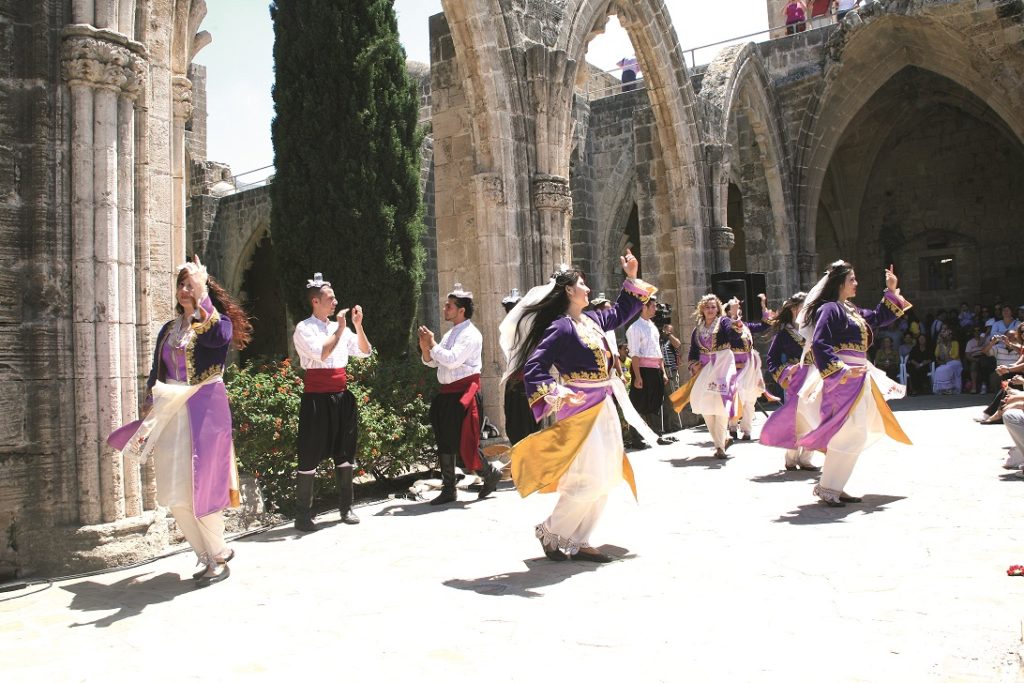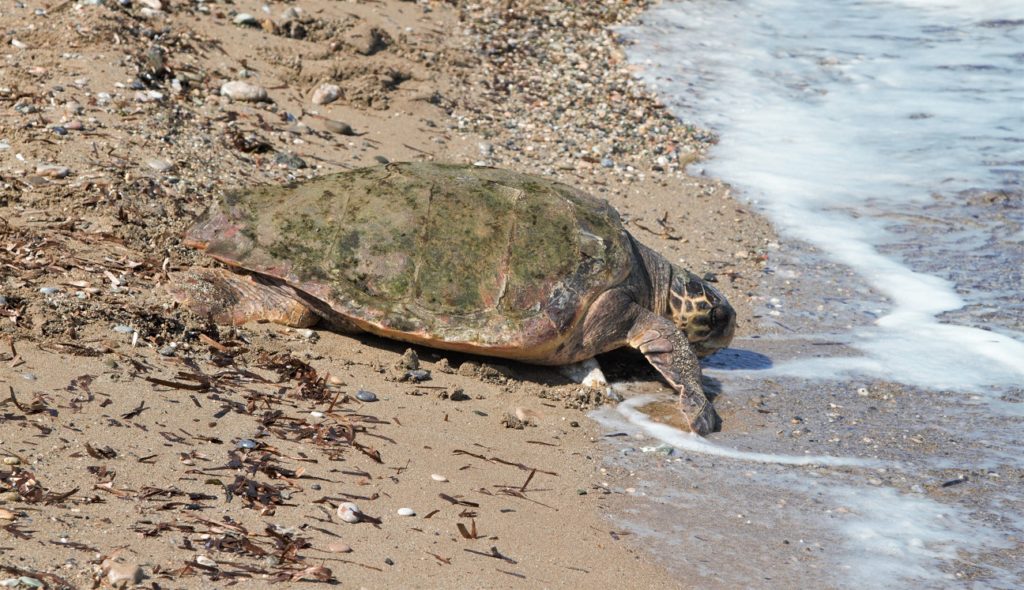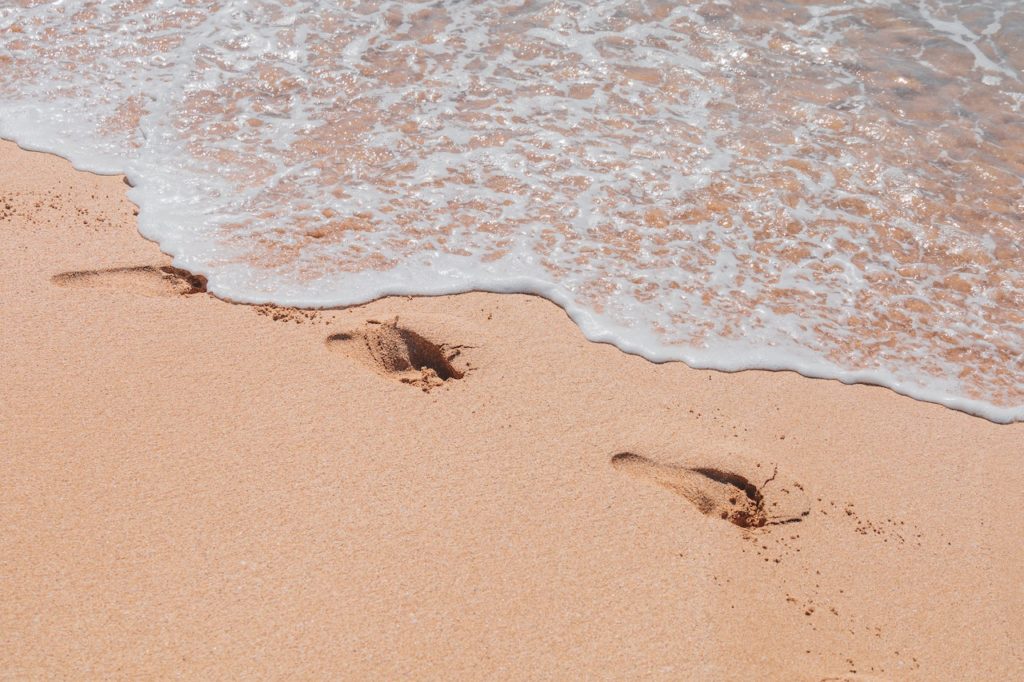
Follow the footsteps in the sand
Running for about six miles along the north west coast of North Cyprus is a stunning stretch of sand that might make you think of the beaches of the Caribbean, the Pacific or the Indian Ocean.
Admittedly Akdeniz does not consist of soft, powdery white sand and there are no giant palm trees bending down to kiss the water’s edge, but it does have one essential requirement for beach lovers … it’s wide, very long and virtually deserted.
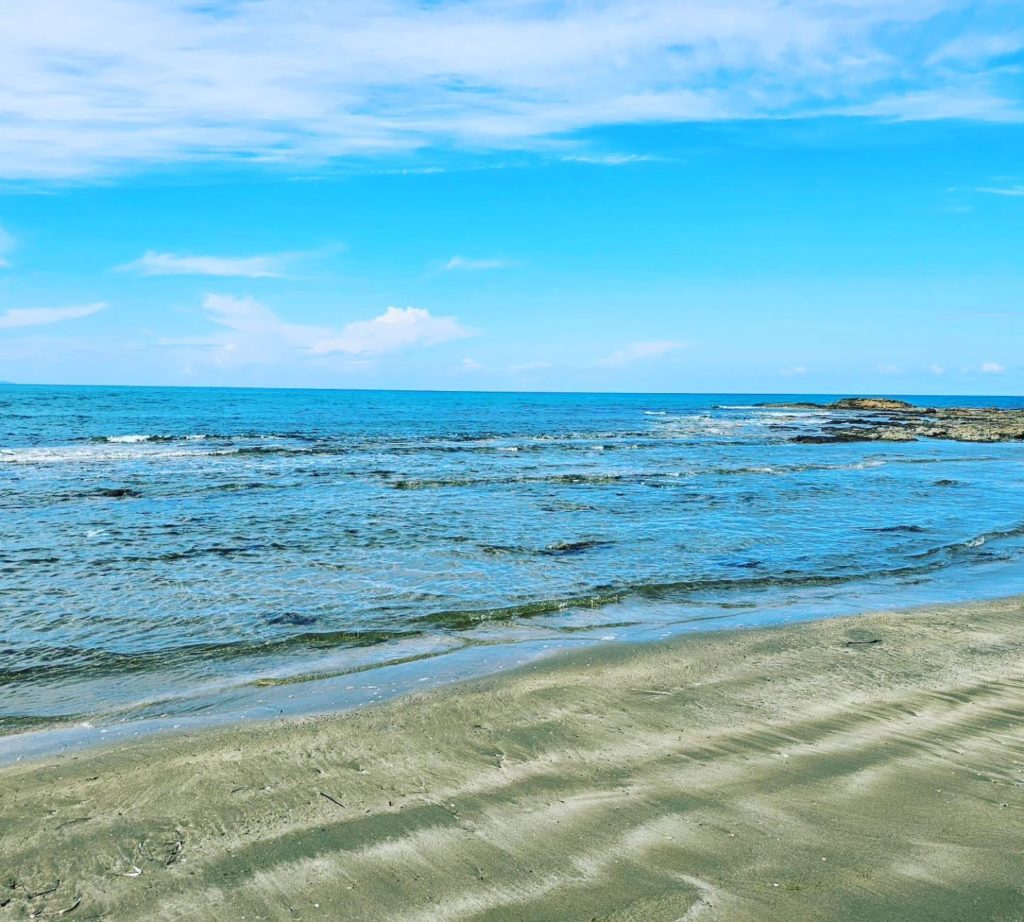
It’s named after the nearby village, rather unimaginatively as it simply means “Mediterranean.” It hugs the shoreline of Morphou Bay, the big crescent that looks as if someone took a giant bite out of the map of the island. The village, also known as Ayia Irıni, is the site of one of the most spectacular pottery hordes of hundreds of Bronze Age statues unearthed by a Swedish expedition in the 1920s and now housed in Stockholm.
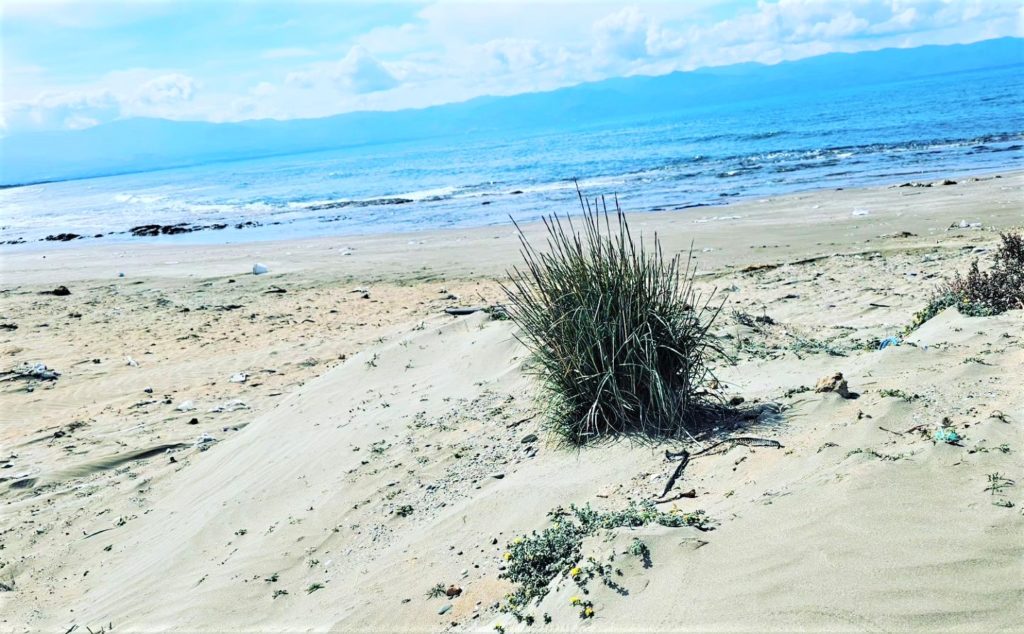
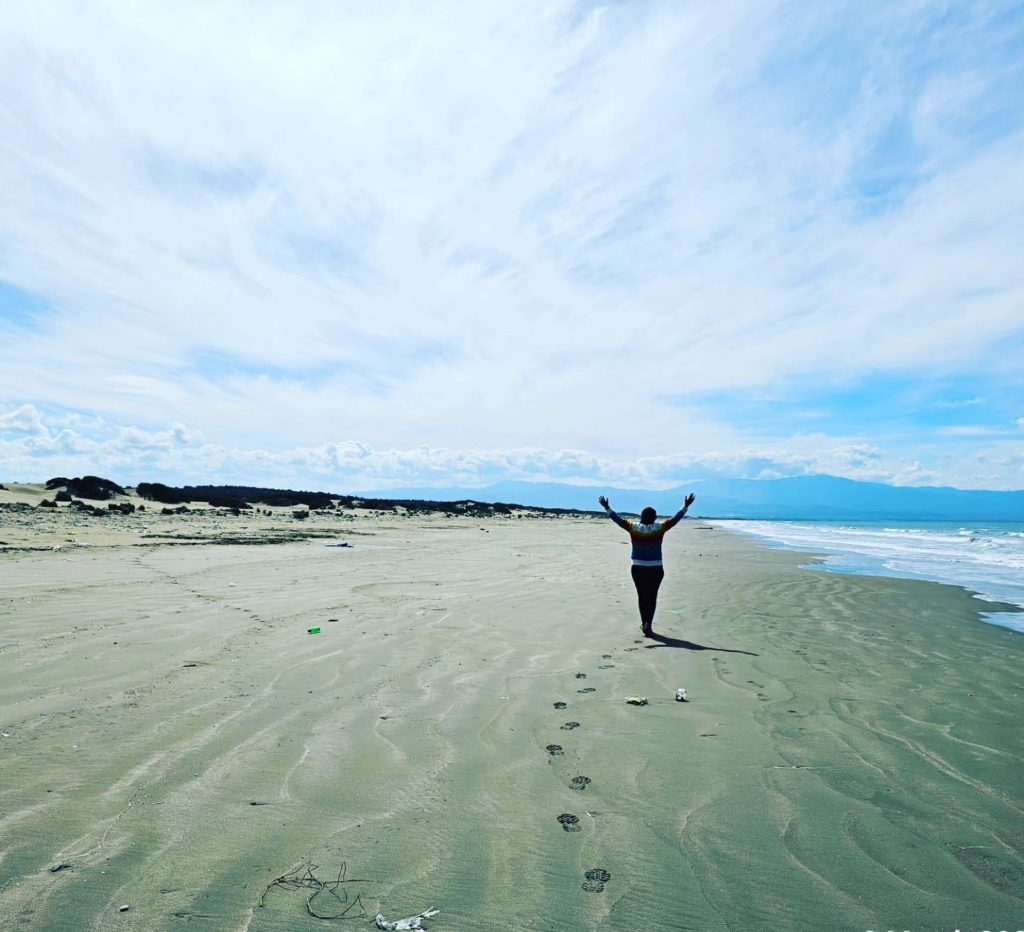
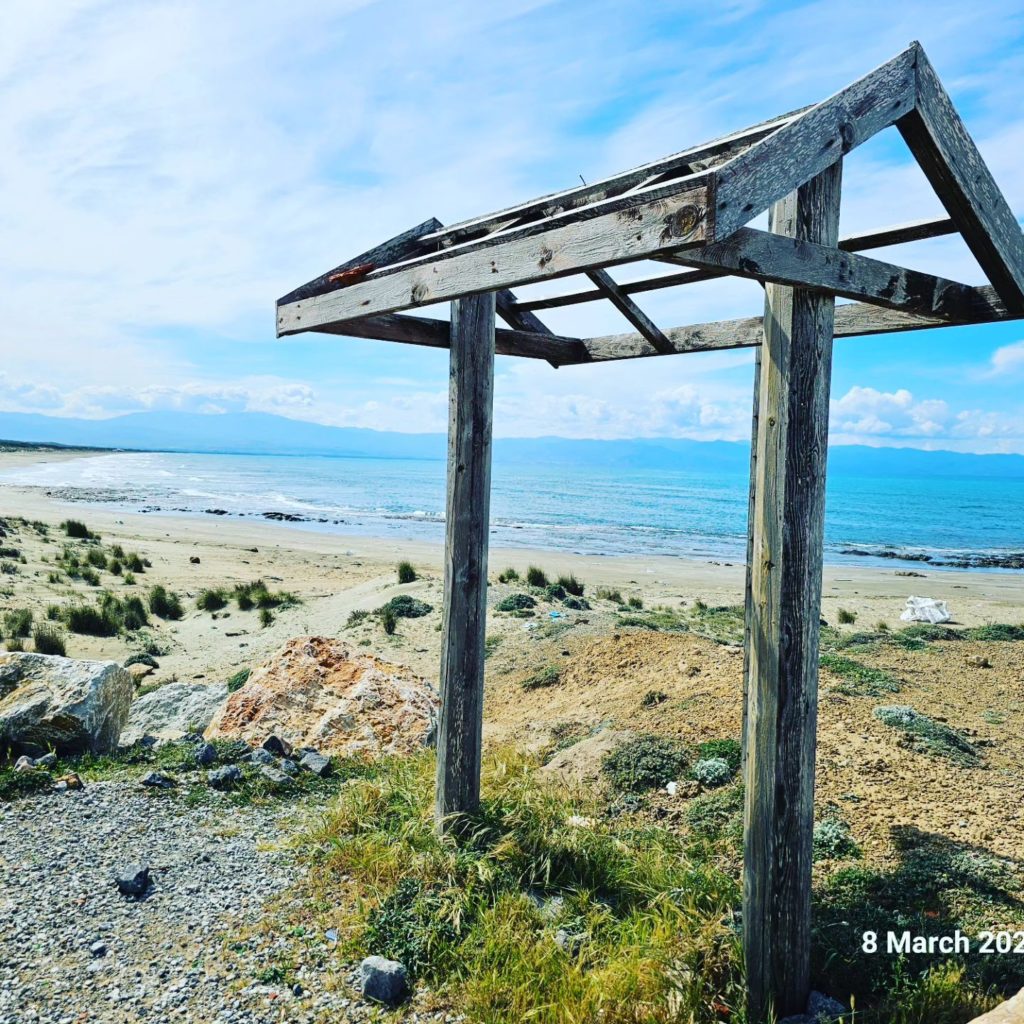
To get there, follow a stony track from the eponymous village through a line of acacia trees. On arrival you will find an open parking area that serves the excellent fish restaurant, Caretta, a large wooden structure right on the beach. People who do make their way to the beach tend to stay around here. Head off to the west, with the Troodos mountains in the distance, and you will most likely have the place to yourself.
You may spot a herd of sheep just beyond the dunes, or encounter bareback horse riders who occasionally splash along the water’s edge.
Swimmers will find they can stride into the shallow waters for hundreds of yards without losing their depth, though a little caution is advised as the waves can produce a rip tide in places.
Walk on and look out for the sand lilies, blooming in the arid soil. These charming wild, white flowers, related to asparagus, are symbols of purity and perseverance, something you will need if you attempt to take in the full length of the beach.
